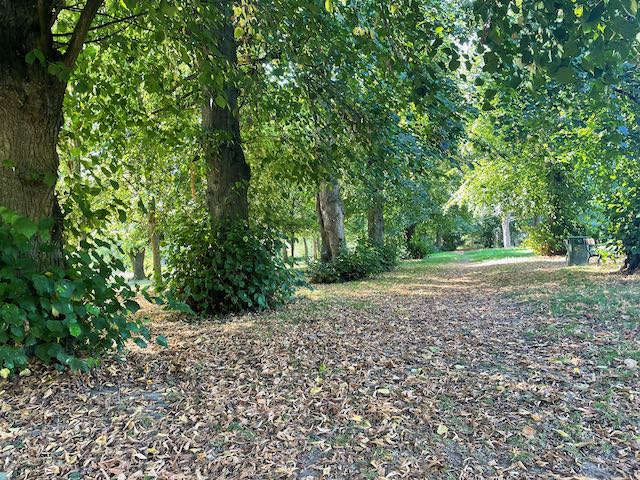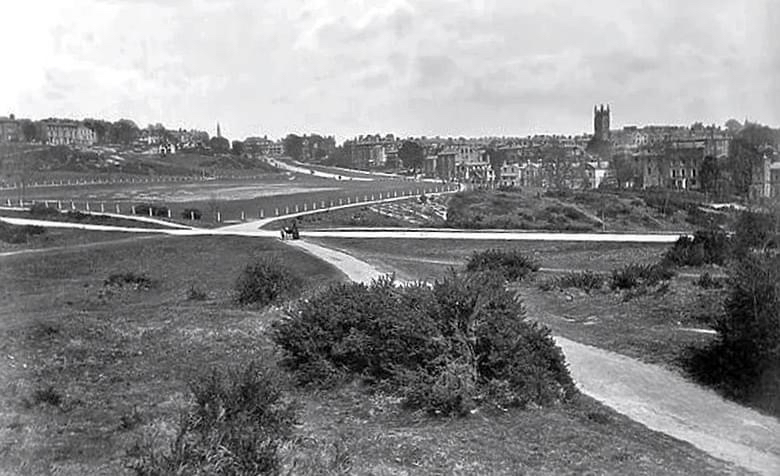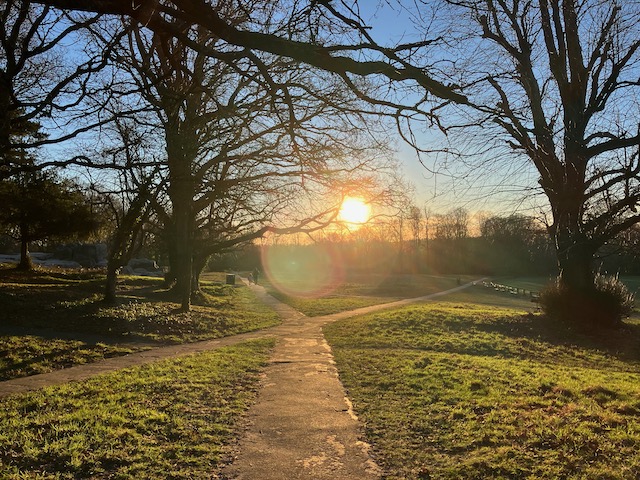
Rusthall Archaeological Dig – Winter Update 2021
17th December 2021
Research continues in earnest on Rusthall Common as evidence points to significant prehistoric activity on-site. With a growing collection of imported flint tools, along side locally produced quartzose lithics, dates are certainly being pushed back by millennia. The general dating of such material certainly points to at least the mid-Neolithic to early Bronze Age phase (3000 BCE – 2,500 BCE). However previous research also found Mesolithic tools in the nearby landscape dating back to possibly as early as 10,000 BCE! An example of the finds are recorded on the KCC Heritage Environment Record as thus;
‘A number of Mesolithic flint implements including flakes, blades, scrapers and points. Discovered during work to lay foundations for new houses in Rusthall Park n 1902. The flakes were unpatinated, and included a broken microlithic point blunted down the whole of one side. Thought to be held in Tunbridge Wells Museum’ – KCC H.E.R No° 53 NE5.
Have the team found the oldest man-made tool in Tunbridge Wells?
Additional finds were also recorded at Rusthall Park (TQ 53 NE 43), the ‘Spa’ Golf Course (TQ 53 NE 3) and Bishops Down (TQ 53 NE 56). The presence of Mesolithic activity, close to the current site, suggests that the area was already well known by our ancient ancestors. With its numerous small valleys (Wealden Gyhlls) and innumerable water sources the area would have certainly been good hunting grounds. However more recently finds may well push human activity back even further. A selection of stone tools would appear to have the characteristics of upper-Palaeolithic lithics. In particular a rather compelling bi-facial hand axe. Such artefacts can certainly date between 60,000 to 30,000 BCE and sit within interglacial periods of human resettlement during warmer times. As such the axe would certainly be one of the oldest man-made tools found in the Tunbridge Wells area.
A cannon ball or a fossilised turtle egg?
Whist the Rusthall site continues to throw up many interesting and ancient finds occasionally things turn up that lead to a bit of head scratching. Things such as zoomorphic stone effigies, unusual glass like objects that look more like obsidian and most recently a perfectly spherical stone ball. Initial suggestions ranged from a post-medieval stone carved cannon ball to a Victorian stone marble. However advice from experts from the Natural History Museum suggested that it was ‘almost certainly a fossilized turtle egg’! From an archaeological perspective it is clear that the object has been repeatedly handled by human hands as it has a polished surface. One small area as been ‘pecked’ which prevents it rolling away on flat surfaces. It is my own view that the artefact could well have been a prized object, by some ancient person, and possibly deposited as a votive offering in the spring feed pool currently being excavated at Rusthall. From a geological perspective, if it came from the local geology it would the first of its type to found within the ‘Wealden Supergroup’ of strata.
The research continues and we are always looking for new volunteers.

